The thermal management system of a car is roughly composed of an electronic water pump, an electromagnetic valve, a compressor, a PTC heater, an electronic fan, an expansion kettle, an evaporator, and a condenser.
Electronic coolant pump: It is a mechanical device that transports liquid or pressurizes liquid. It transfers the mechanical energy of the prime mover or other external energy to the liquid, increasing the energy of the liquid to transport the liquid. The operating principle is to judge based on the current status of the power or other components, and control the flow rate by controlling the flow rate of the water pump. According to different flow rates, heat can be taken away to maintain temperature stability.
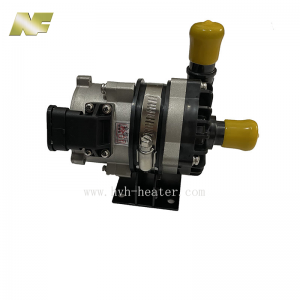
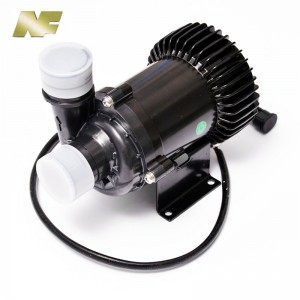
Solenoid valve: an electronically controlled valve, including two-way and three-way valves. The refrigerant flowing out from the condenser outlet is in a high-temperature and high-pressure liquid state. In order to reduce the saturation temperature of the liquid refrigerant, its pressure needs to be reduced. At the same time, in order to keep the flow rate within a suitable range, before the refrigerant enters the evaporator, it needs to be Throttle it by controlling the opening and closing of the valve.
Compressor: By pushing and compressing the low-pressure and low-temperature refrigerant gas, it does work on the gaseous refrigerant, causing it to produce changes in pressure and temperature, thereby turning it into a high-temperature and high-pressure gaseous refrigerant.
Condenser: Cools the high-temperature refrigerant. After the refrigerant is discharged from the compressor, it is in a high-temperature and high-pressure state. At this time, it needs to be cooled down and the process of changing the refrigerant from gas to liquid is completed.
Evaporator: The working principle of the evaporator is exactly the opposite of that of the condenser. It absorbs heat in the air and transfers the heat to refrigeration, allowing it to complete the gasification process. After the refrigerant is throttled by the throttling device, it is in a state of coexistence of vapor and liquid, also called wet steam. After the wet steam enters the evaporator, it begins to absorb heat and evaporates into saturated steam. After that, if the refrigerant continues to absorb heat, it will become superheated steam.
Electronic fan: the only component that can actively supply air to improve the heat exchange performance of the radiator. Currently, most of the cooling fans used in vehicles are axial flow cooling fans, which have the advantages of high efficiency, small size and easy placement. They are usually placed behind the radiator.
PTC heater: It is a resistance heating device, usually with a rated operating voltage between 350v-550v. When the PTC electric heater is powered on, the initial resistance is low, and the heating power is large at this time. After the temperature of the PTC coolant heater rises above the Curie temperature, the resistance of the PTC increases sharply to generate heat, which is transferred to the water through the water medium in the water pump. The components transport heat.
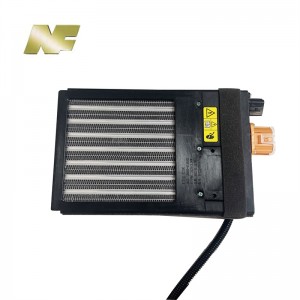
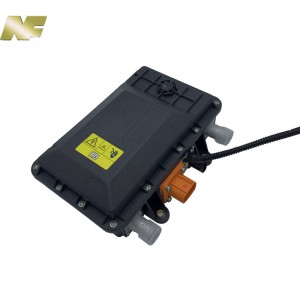
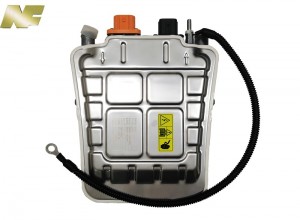
Post time: May-09-2024




